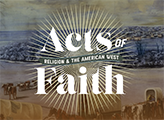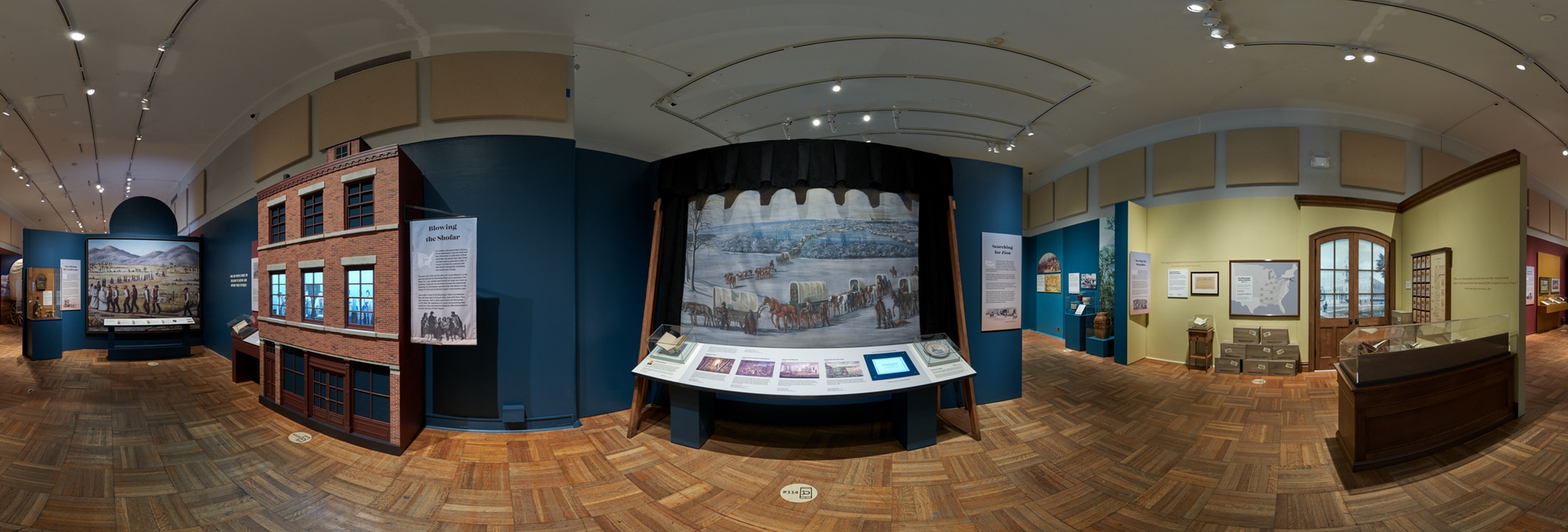





“The United States Not a Christian State”
“We have often maintained
that no one can claim for the United States the name of a Christian state. The
authors of the union and state constitutions have shown their wisdom; they
found men of the most opposite opinions joined together in this country, and
they would not, and could not take upon themselves to decide which should be
the orthodox or state religion. The
laws of the country know nothing of any religious profession, and leave every
man to pursue whatever religion he pleases.
It is foolish to pretend to
assert that there is a state religion; either that it is Judaism, Christianity,
or anything else. All men have an equal right to be here; one does not tolerate
the other, nor has he to thank him, legally,
for leaving him undisturbed, however practically the minority are at the mercy of the majority. Might makes right here as well
as elsewhere; and the fanatics for all opinions know this perfectly well, and
they therefore endeavour to make their views those of the majority, that they
may carry them through and force them on the community by the brute power of
numbers.”
—Isaac Leeser, The
Occident and American Jewish Advocate, February 1, 1850